Research Article
Using an Unconventional Energy Source to Make Silages and their Impact on Silage Quality and Performance of Lactating Cows
By-Products Utilization Research Department, Animal Production Research Institute, Dokki, Giza, Egypt
LiveDNA: 20.33316
F.M. Abo-Donia
By-Products Utilization Research Department, Animal Production Research Institute, Dokki, Giza, Egypt
LiveDNA: 20.32634
T.H. El-Sawah
Milk Technology Research Department, Animal Production Research Institute, Dokki, Giza, Egypt
M.A. El-Shora
By-Products Utilization Research Department, Animal Production Research Institute, Dokki, Giza, Egypt
G.E. El-Emam
By-Products Utilization Research Department, Animal Production Research Institute, Dokki, Giza, Egypt
Amal M.A. Fayed
By-Products Utilization Research Department, Animal Production Research Institute, Dokki, Giza, Egypt









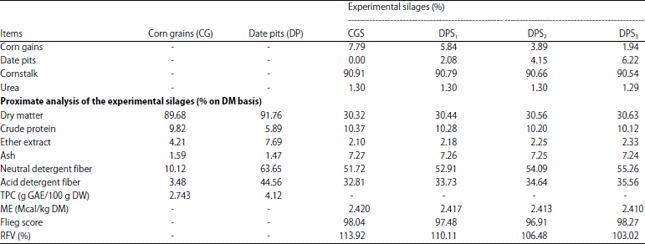
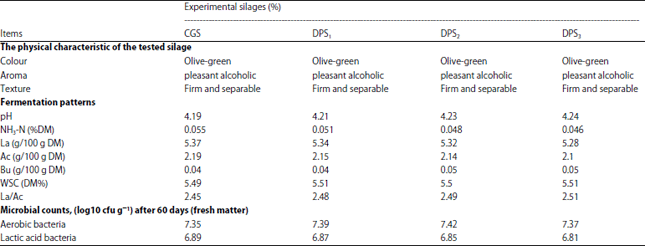
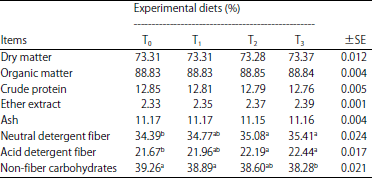


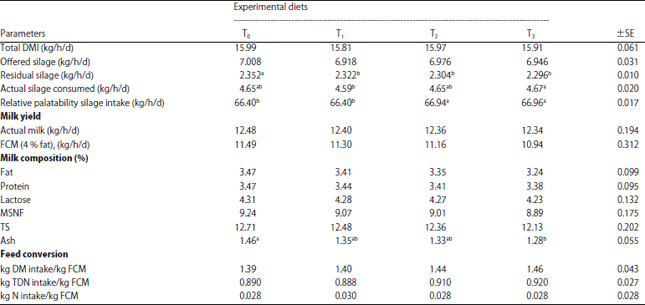
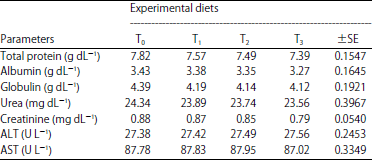
Fawzy Abo-Donia Reply
Best wishes to all